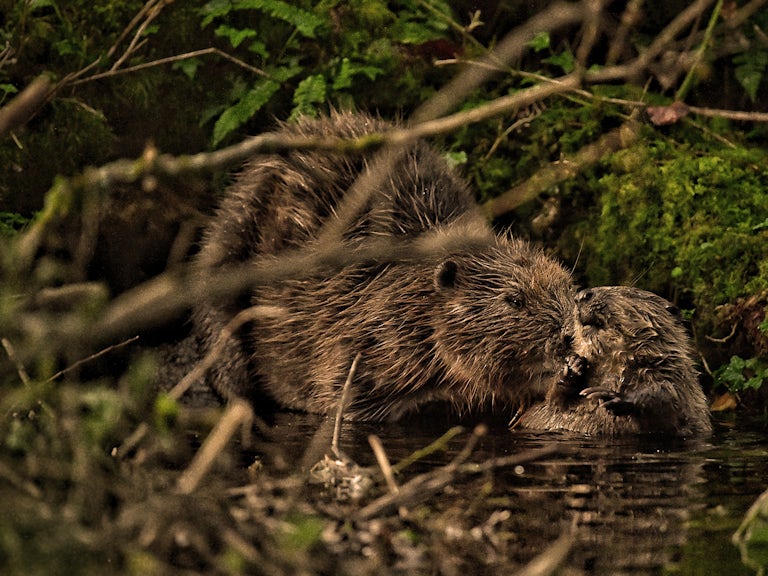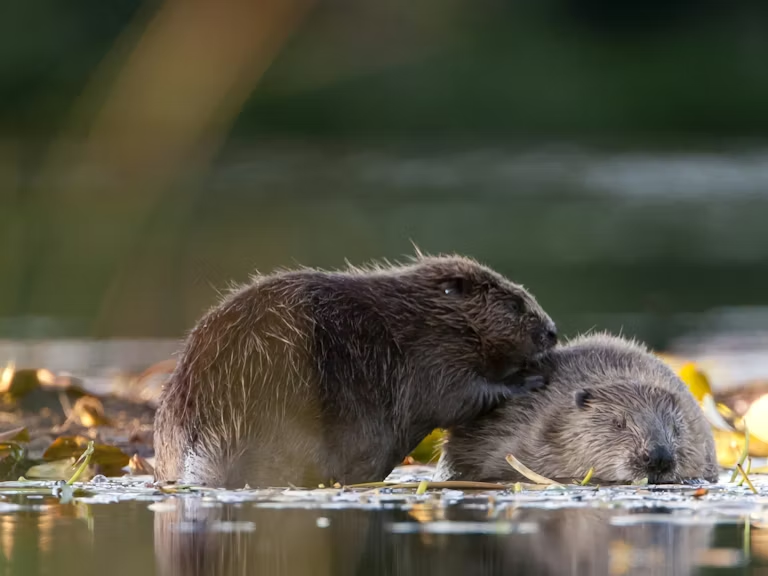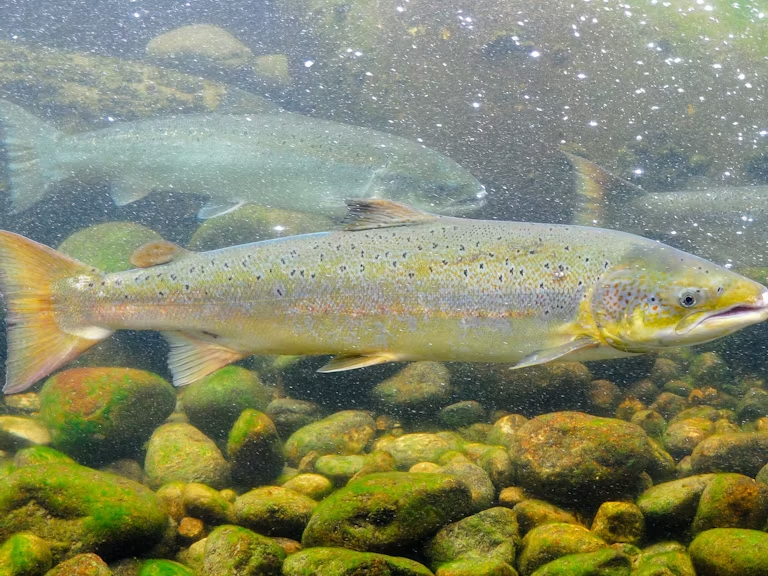Eurasian beaver
Castor fiber
Nature’s busy aquatic architect is a formidable tree feller, river changer and wetland creator.

How it shapes the landscape
The beaver is a keystone species and one of nature’s most awesome ecological engineers. Through the building of dams, the digging of canals, and the creation of dead wood, beavers create and maintain habitats where an abundance and diversity of life can flourish. Dams prevent soil eroded from fields from being lost to the sea. Carbon and nutrients are trapped, improving water quality downstream. The flow of water is slowed, helping to ameliorate flooding.
Beavers are herbivores, so don’t eat fish (contrary to popular belief) or other animals. Studies have shown that young salmon grow faster and are in better condition in areas where beavers live. A host of other creatures benefit from their presence including insect, amphibian, bird, and mammal species.
Where it likes to be
Beavers require freshwater habitat with lots of woody vegetation. They’ll build dams to create ponds where they can construct their lodges and stay safe. They are herbivores, feeding on grasses and trees. They’ll forage the land around their homes, felling trees and moving branches and twigs into the water.
How much space they need
Beavers need a minimum of a couple of hectares, including freshwater habitat and ample supply of trees and shrubs. Their territory size depends on food availability.
Background story
Europe’s largest rodent was hunted to extinction in the UK for its fur and a natural secretion called castoreum, which was used for both perfumes and medicine. Similar declines followed in mainland Europe, with the population plummeting to almost 1000 across the continent. Beavers have since been successfully reintroduced and protected in many countries, including Scotland and England.
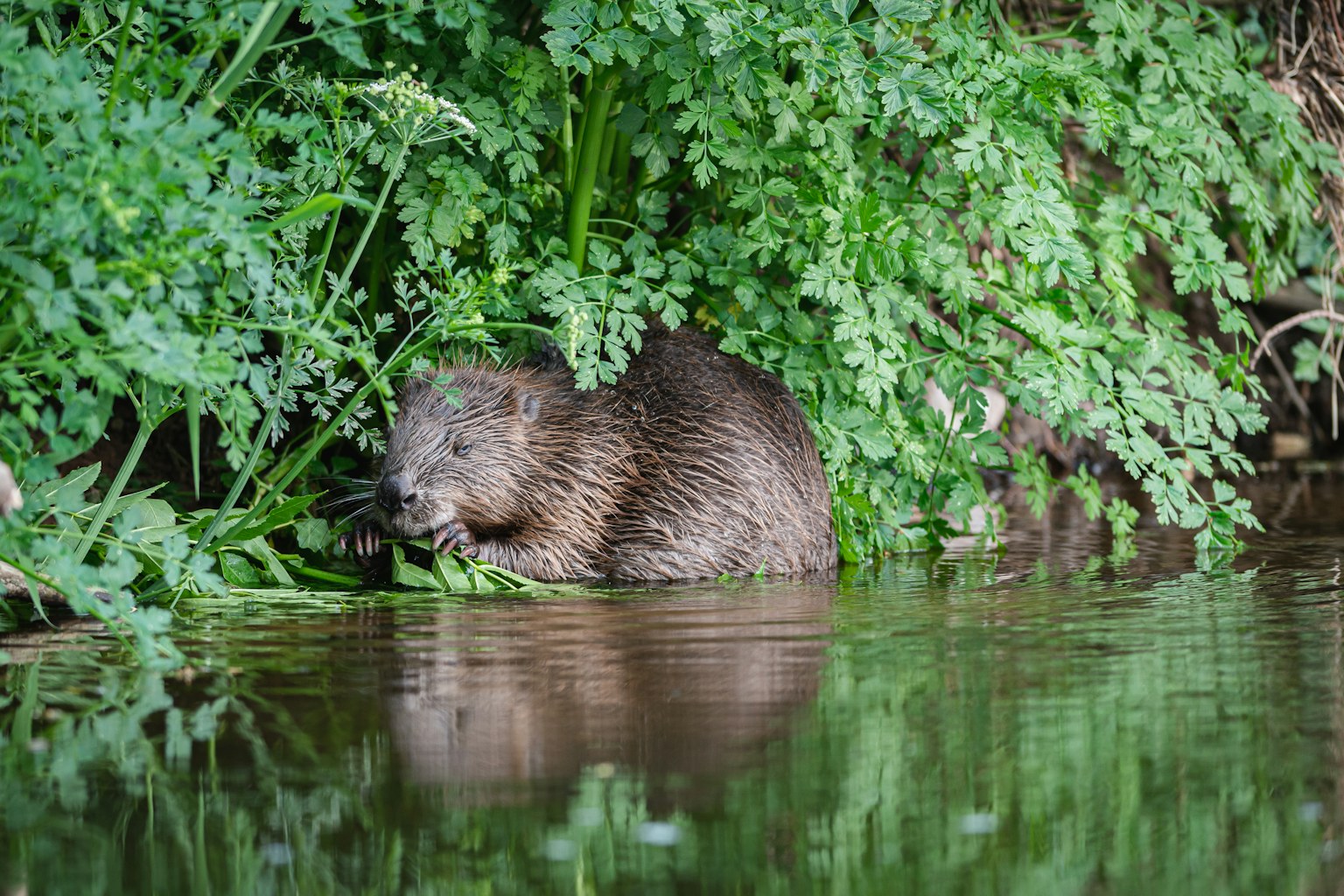
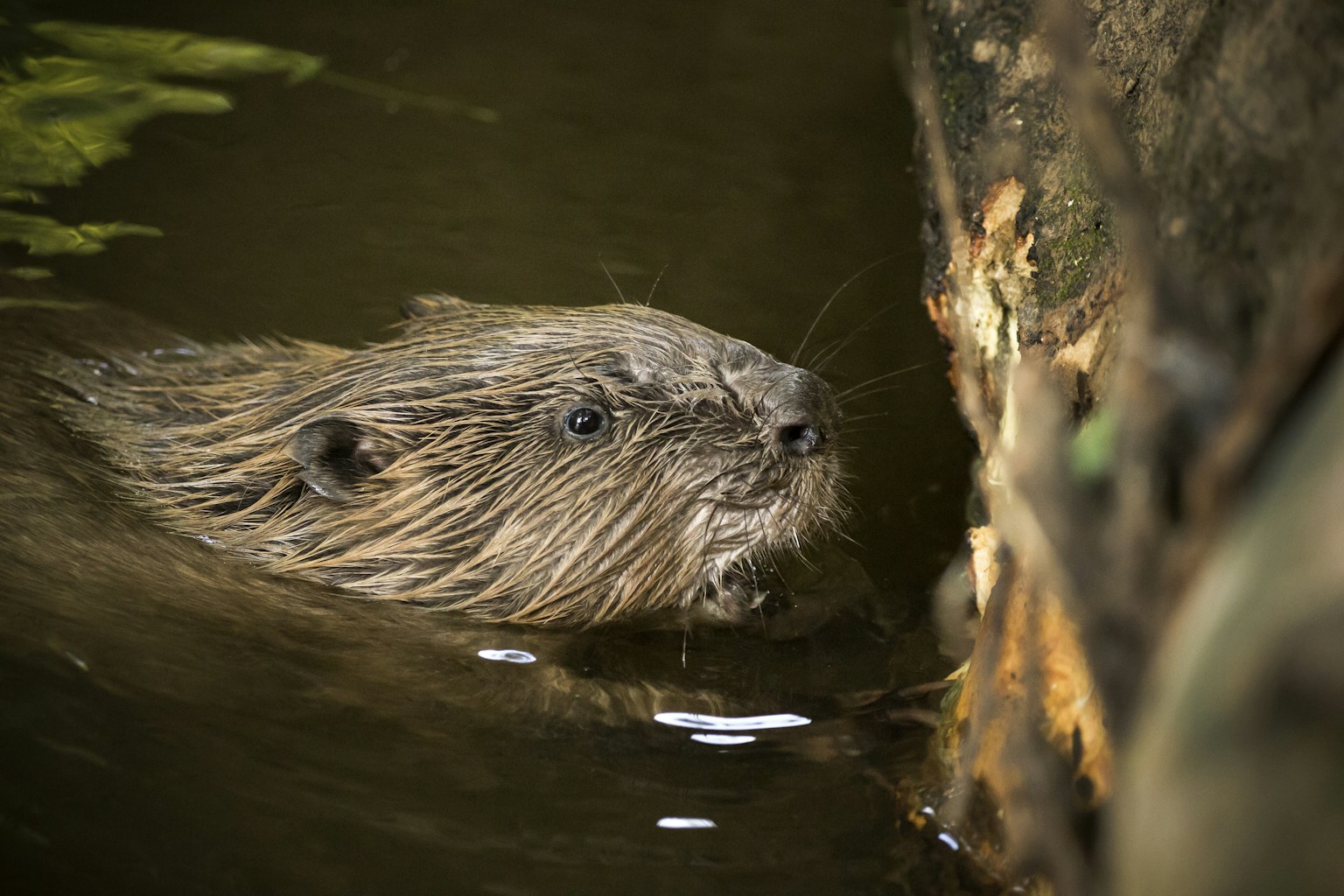
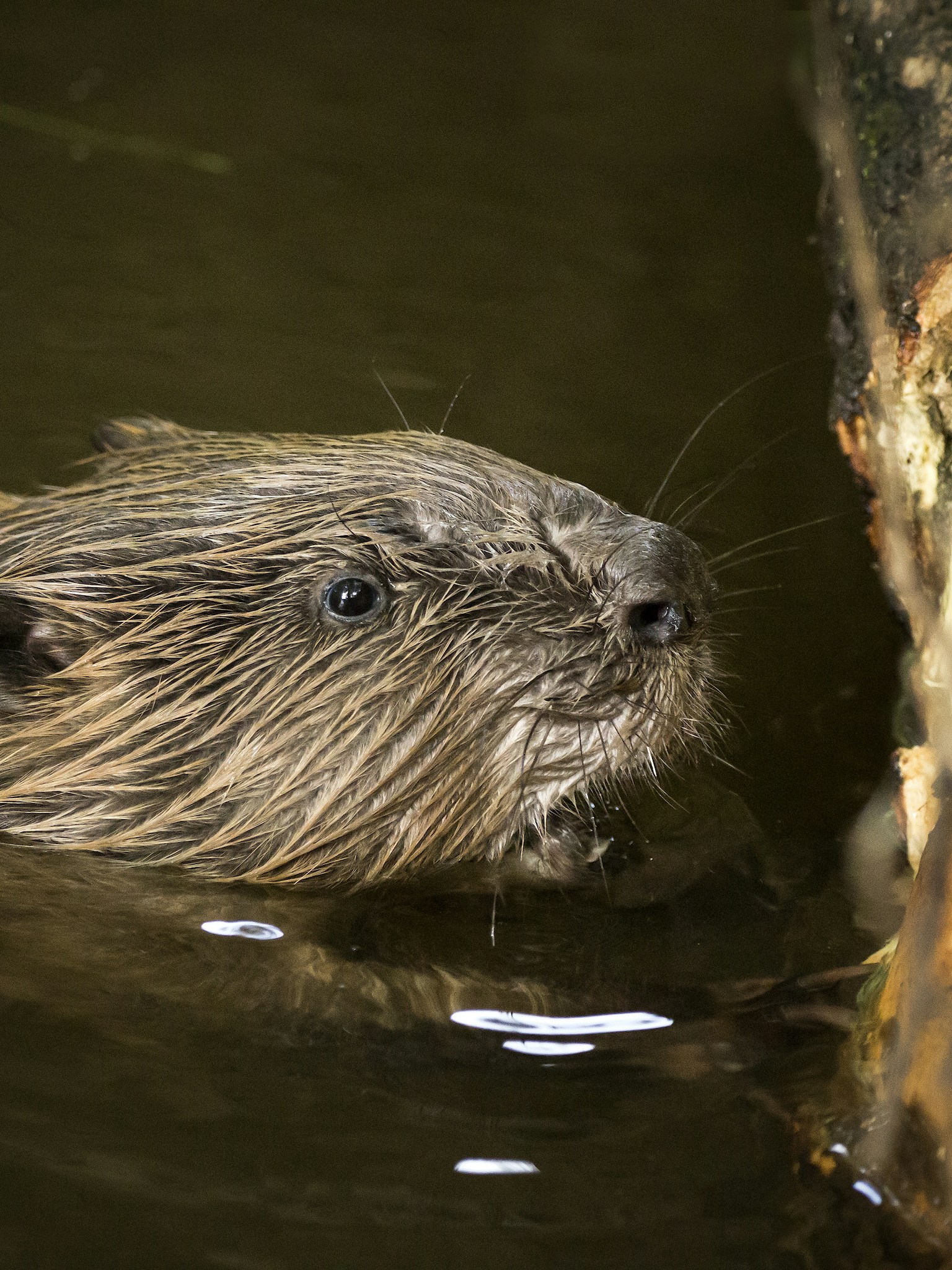
What’s so special about beavers?
Explore why we need these ecosystem engineers back in Britain and how they shape our landscapes for the better.
Can we have them in Britain?
Wild beavers, and those in captive release schemes, can be found across Britain. Thanks to progressive legislation in Scotland and England, beavers can now be released into the wild with a licence. Here, they are declared a native species and enjoy European Protected Species status.
In Scotland the largest wild population lives in the Tay catchment and has spread into the River Forth catchment. In England the first beavers were released into the wild at Purbeck Heath, Dorset, in March 2025.
The Welsh Government announced in September 2024 that it supports moving towards the managed reintroduction of beavers in Wales.
In summary
- Keystone species
- Europe’s largest rodent
- Extraordinary ecosystem engineer, creating habitat for a multitude of wildlife
- Hunted to extinction around 400 years ago, now successfully reintroduced at locations across Britain
- Dam building helps ‘slow the flow’, reducing flooding and improving water quality


